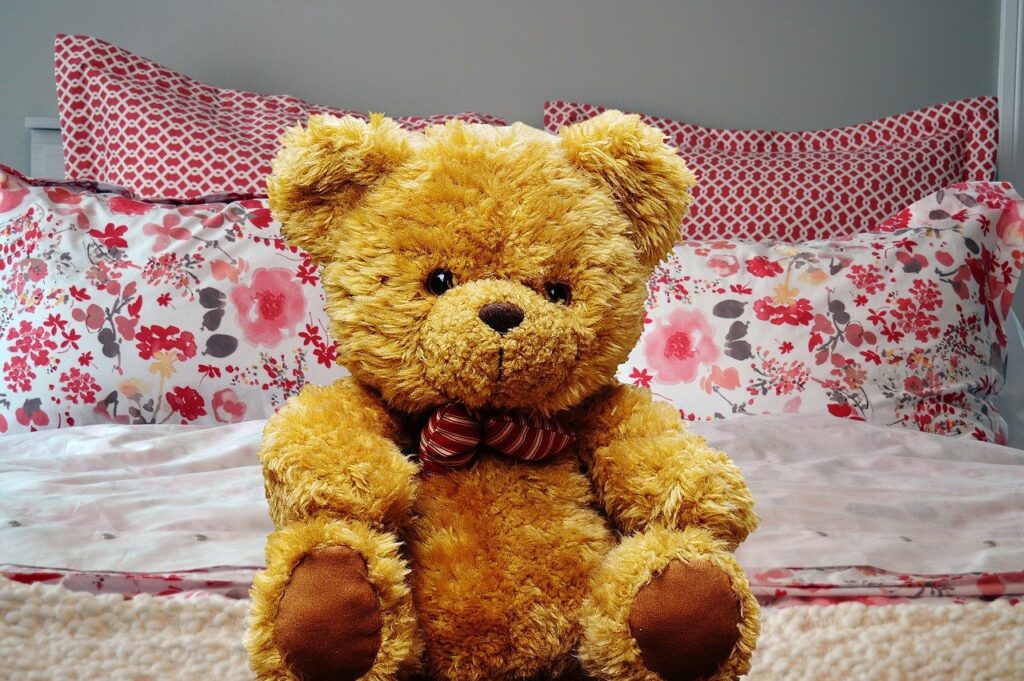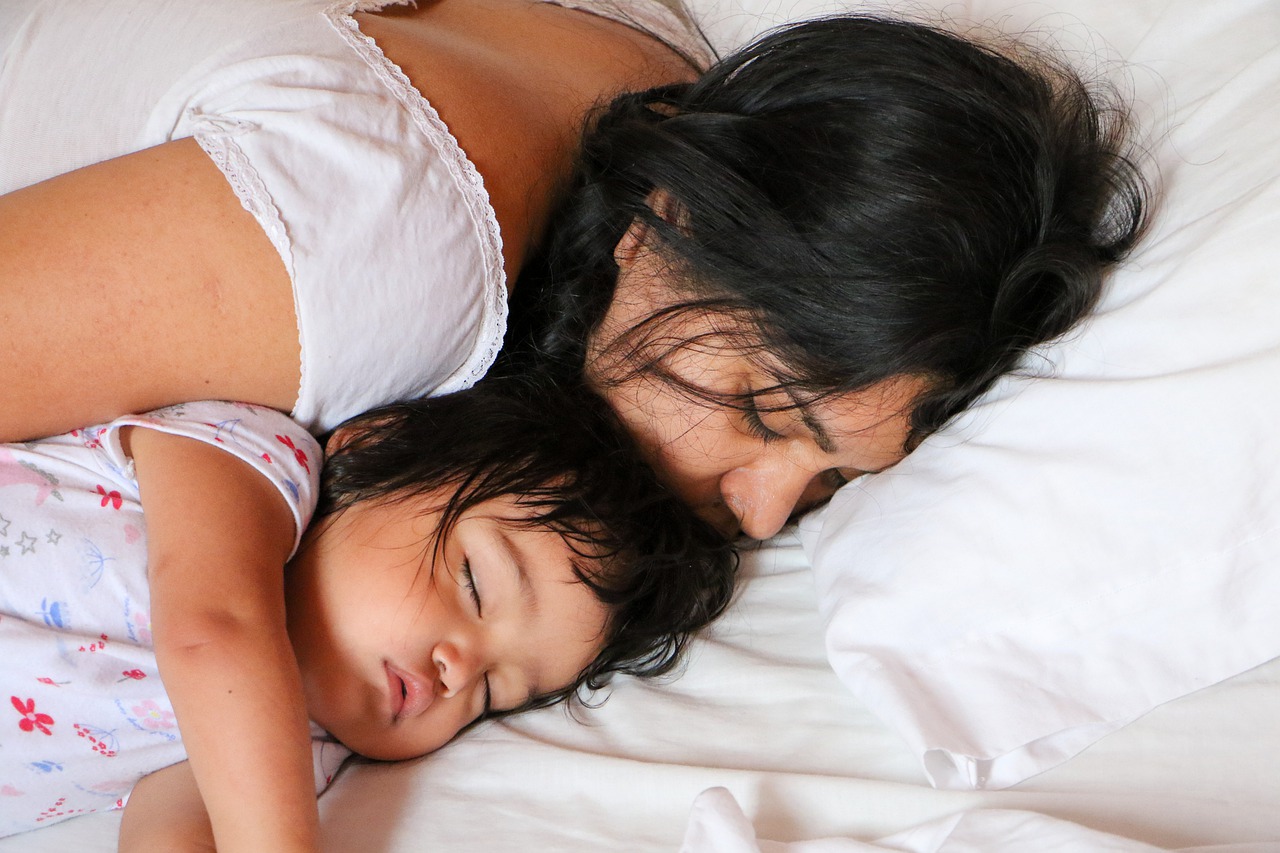Head lice infestations can be very stressful. You can’t stop thinking about these horrible parasites crawling all over your head and how they can spread around your home. This begs the question — can head lice actually live on furniture? More specifically, can head lice live on your pillows and sheets? Yes, they can live on your pillows and sheets. But this shouldn’t be one of your primary concerns when it comes to head lice infestations.
Key facts about head lice on pillows and sheets
1. Head lice are vulnerable without a host
Head lice are parasitic insects that feed on the blood from their host’s scalp. They need to feed every four hours, so they feed roughly six times a day. If they can’t feed properly, they will die. They can only survive for about one to two days without a host.
Head lice know they are very vulnerable without a host. This is one of the reasons why head lice cling very tightly to your hair. Without you, they are pretty much dead.
Yes, head lice can technically live on pillows and sheets. But their life wouldn’t be that long without a host. Furniture is also colder than the human scalp, so it doesn’t have the conditions for head lice to thrive well either.
2. You are not likely to get head lice from your pillows and sheets
The risk of getting head lice from your bedding is low. This is mainly because of the fact that head lice can’t live long enough without a host. But still, you don’t want to be too complacent. Remember that these parasites can still survive a day or two without a host, and that’s plenty of time to hide on a pillow and crawl to the head of the first person to use it.
Also, head lice falling from an infested person’s head is unlikely. They cling very tightly to hair. It’s more likely for a hair strand with head lice to fall on your bedding than a louse to lose its grip and fall on your bedding.
3. Head-to-head contact is the most common way to get head lice
There are many ways to get head lice. You can get these pests by using the personal items of an infested person, such as their combs, helmets, and yes, their mattresses. But the risk is low because of head lice’s vulnerability outside of a person’s head.
The most common way to get head lice is through head-to-head contact. Head lice can’t fly or jump. They can only crawl. When you bump heads with someone who has head lice, the head lice from their hair can get to your hair, starting a head lice infestation.
4. Head lice can live on other items near your bed
Head lice can thrive not just on pillows and sheets. They can also thrive on other items that you commonly see around beds. The most common culprits are personal items that you usually use on your head, like brushes, combs, hats, and towels. Stuffed toys are also often overlooked culprits. It doesn’t help that children are more likely to get head lice too.

How to avoid head lice on pillows and sheets
1. Get rid of the head lice on the infested person
If you don’t want head lice on pillows and sheets, get rid of the head lice infestation itself. There are a lot of effective ways to get rid of head lice, with over-the-counter medications and prescriptions as the most common.
Prescriptions are the best because you get to consult with a doctor. Over-the-counter medications are still great, but some of them are losing their effectiveness. This is because some head lice are starting to be resistant to their common ingredients. These resistant head lice are called super lice.
You should also avoid common DIY remedies like salt. They are not very effective.
2. Get rid of the head lice on your entire household
As long as there is someone with head lice in your household, there is always a risk of getting head lice yourself. You should get rid of the head lice on everyone in your home. If you don’t, head lice treatments may become ineffective. You may be in an endless cycle of reinfestation.
There are many ways to get head lice around your home. You can get it by bumping heads with an infested person, using an infested person’s personal items, or getting the head lice that have fallen on furniture.
3. Vacuum and launder your bedding
If you are not comfortable with the thought that your bedding may have head lice in it, vacuum it up. Throw away the contents of the vacuum bag in a garbage can outside your home. This way, you are sure that all head lice you may have caught have no chance of getting back inside and spreading in different parts of your home.
You should also launder bed sheets, blankets, pillowcases, and other fabrics in your bedding. As much as possible, use a high-temperature setting on your washing machine when washing and drying. The heat will help kill the head lice that may be in these fabrics.
4. Teach children about personal space
Children are more likely to get head lice because they don’t care about personal space as much as adults do. They constantly bump heads with their classmates at school when playing or studying. They engage in sleepovers and other activities where they can get head lice from others. This puts everyone in your household at risk, especially the mother in the family because she is more likely to be sleeping on the same bed as the child.
It’s best to advise children to not have head-to-head contact with their classmates to minimize the risk of getting head lice. You should also tell them to avoid borrowing personal items from their friends, especially those that you use on your head, like combs.

Head lice can live on your pillows and sheets
Yes, head lice can technically live on pillows and sheets. But these lives will be short because of how vulnerable head lice are without a host. When it comes to head lice infestations, the head lice in your bedding are not your biggest problem. Your main priority is to get rid of the head lice infestation in your entire household because you can be in a perpetual cycle of head lice reinfestation if you don’t free everyone in your home of head lice.

